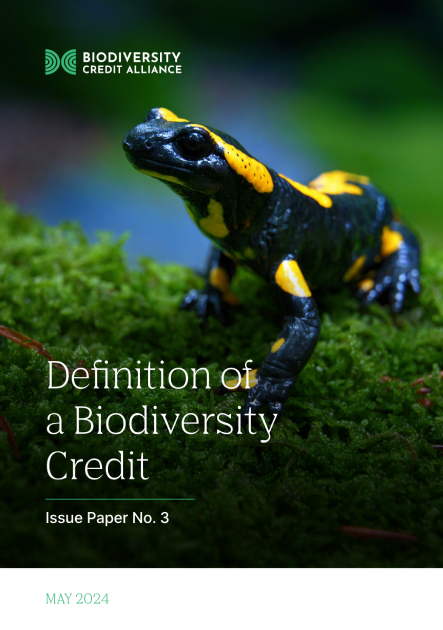
Issue Paper #3
Definition of a Biodiversity Credit
This issue paper contributes to the clarification of concepts and language which are instrumental in the process of developing an inclusive and high-integrity market in biodiversity credits. In the rapidly emerging landscape of ecological units and markets, all stakeholders need to speak the same language. This issue paper brings together many perspectives to present an inclusive but clear definition that sets minimum standards for biodiversity credits and projects associated with them.
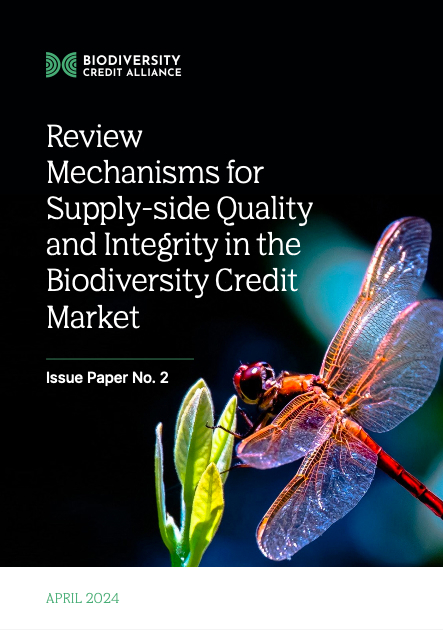
Issue Paper #2
Review Mechanisms for Supply-side Quality and Integrity in the Biodiversity Credit Market
Markets can only be built where there is trust, and trust is built on the foundations of quality and integrity. This issue paper explores various scientific review processes and assessment frameworks, and incorporates relevant guardrails developed for the carbon market. It goes on to provide a set of recommendations to peer-review and assess the eligibility of biodiversity credits being minted through specific methodologies, so that a foundation for robust governance is established from the outset.
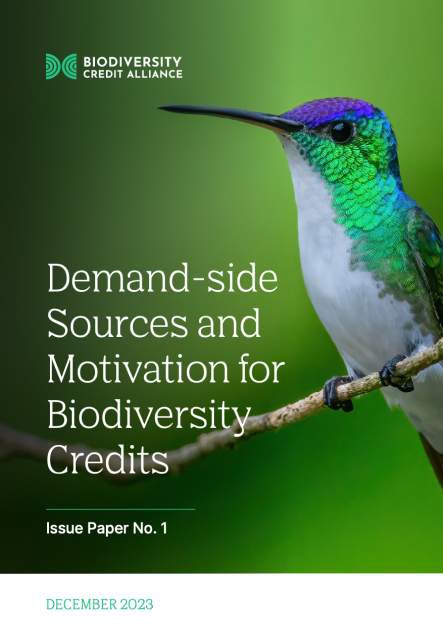
Issue Paper #1
Demand-side Sources and Motivation for Biodiversity Credits
BCA anticipates rapid growth in demand for various types of biodiversity and nature credits that can be purchased to meet nature positive goals. With a better understanding of demand drivers, diverse stakeholders can ensure that potential demand for biodiversity credits is efficiently matched by supply. This issue paper makes a first foray into understanding potential sources of demand for biodiversity credits, demand drivers, and factors that may influence demand.
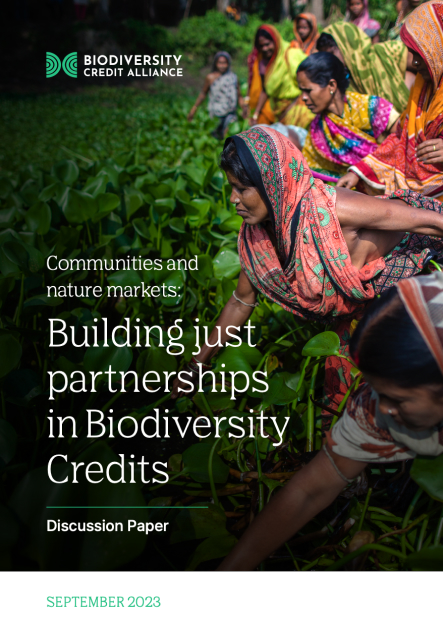
Discussion Paper
Communities and nature markets: Building just partnerships in Biodiversity Credits
BCA believes that investors should be more aware of the important role of Indigenous Peoples and Local Communities in stewarding nature and biodiversity—and by extension, the necessity for them to lead in biodiversity credit markets. This paper focuses on the business case for investors to support Indigenous- and locally-led approaches in biodiversity credit markets on fair terms, that ultimately lead to reduced risk and better outcomes for all stakeholders.
What we are working on
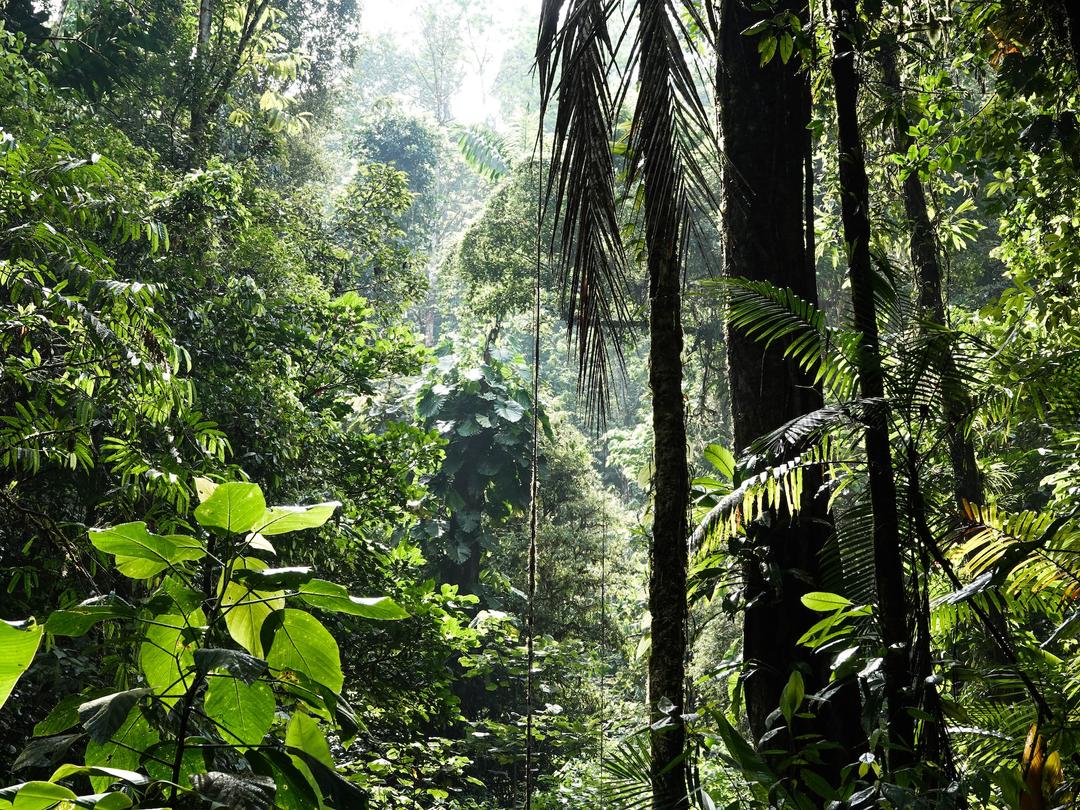
BCA is also collaborating with key partners, including IAPB and WEF, on a joint working group to synthesize and further develop a broad set of high-level principles on equity, integrity, and quality for potential nature markets. Building a set of principles that has broad market recognition is a key starting point for further development of many aspects of biodiversity credit markets. BCA is working to ensure any such set of principles are co-created with direct involvement and engagement of IP and LC voices, and reflect broader guidance from the BCA Communities Advisory Panel. BCA aims to release these principles later in the year.
All markets need transparency, traceability, and scalability. Taking learnings from previous nature markets, BCA aims to design and implement digital architecture based on Distributed Ledger Technology to underpin the biodiversity credit market. While other markets grapple with digital transformation, there is an opportunity to build the biodiversity credit market using Web 3.0 as the foundation for integration, efficiency and scale. This issue paper provides insights on how this can be achieved, and is set to be published in the coming months.
BCA is working with partners to tackle a wide range of challenges related to metrics and measurement in the biodiversity credits space. BCA will be aiming to provide market guidance that integrates with and is complementary to existing market guidance from TNFD, SBTN, and other relevant initiatives. Understanding how different biodiversity credits can be compared to one another is also a key step. Ensuring relevant, effective and efficient application of various biodiversity-related metrics and forms of measurement is central to the overarching question: How do we measure the state of nature? For starters, relevant lessons must be learned from Indigenous and local knowledge. The development of a biodiversity credit market that reflects principles of equity, quality, and integrity requires the application of measurement tools and frameworks that ensure biodiversity credits deliver real gains for biodiversity, as well as real benefits for people at the frontline of the nature crisis.
A myriad of important issues in the biodiversity credit market swirl around the overarching topic of demand integrity. How can we avoid any potential for greenwashing? How can buyers be assured that any claims they make related to credits they’ve purchased are valid? How can we ensure that gains from biodiversity credits are additional, and avoid double-counting? How can, or should, biodiversity credits be used by actors with biodiversity footprints to compensate for impacts, once all other options for mitigating impacts have been exhausted? What is the potential relationship between credits as a tool, and offsetting as a use case? BCA is convening stakeholders, including demand-side voices and IP and LC voices among others, to develop guidance on key issues, such as a potential Claims Code of Conduct, and other market guidance and guardrails.

